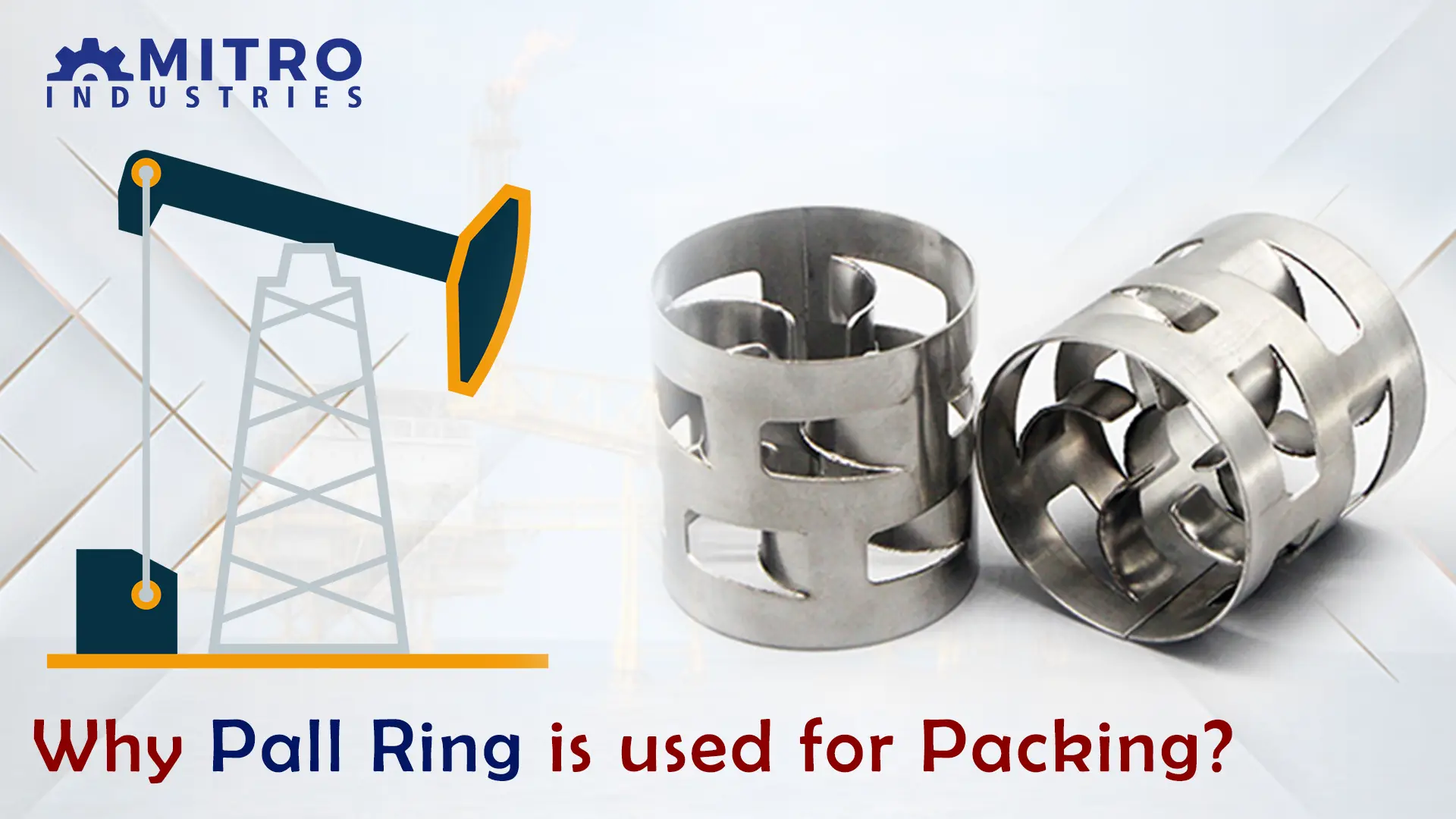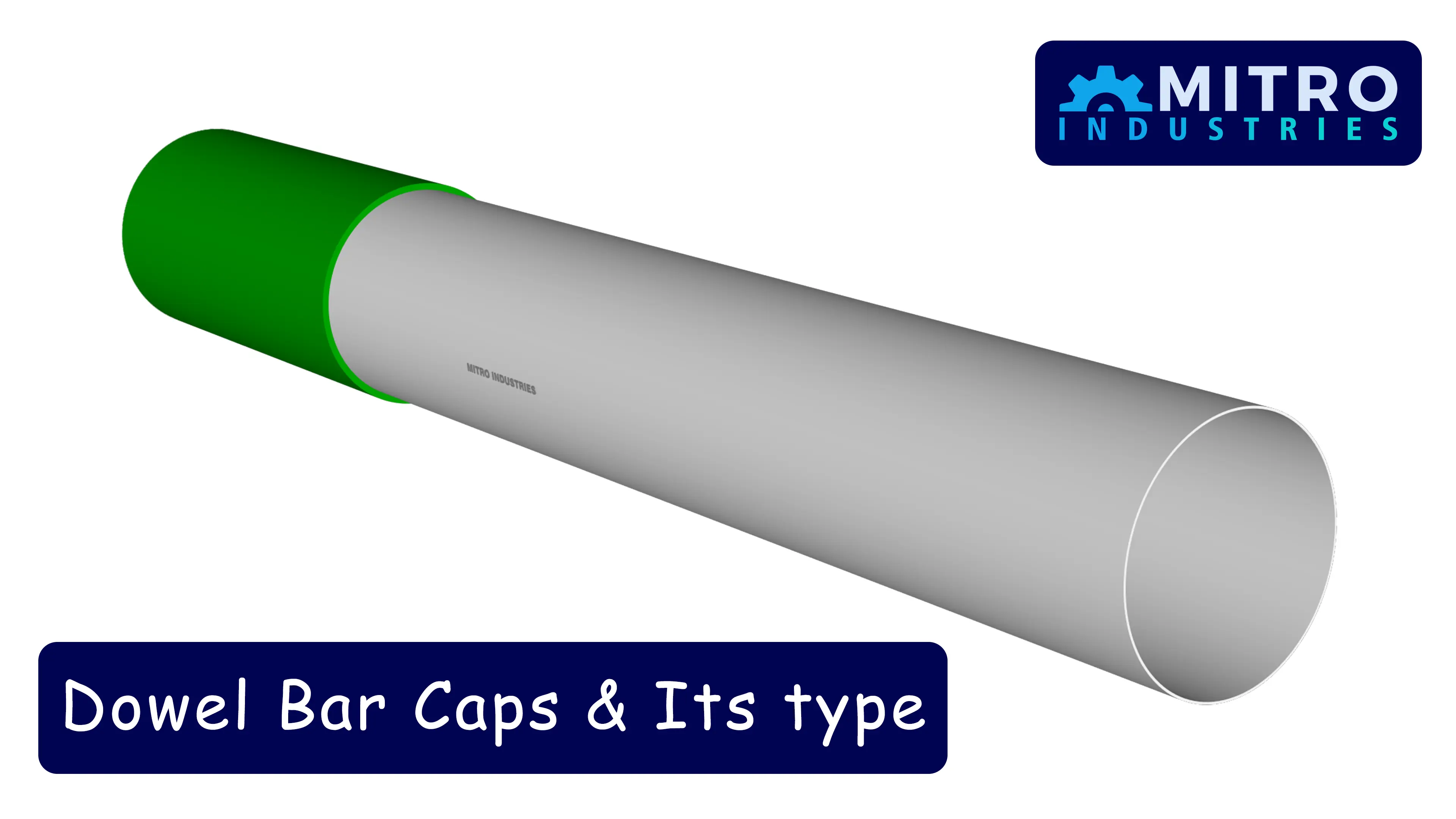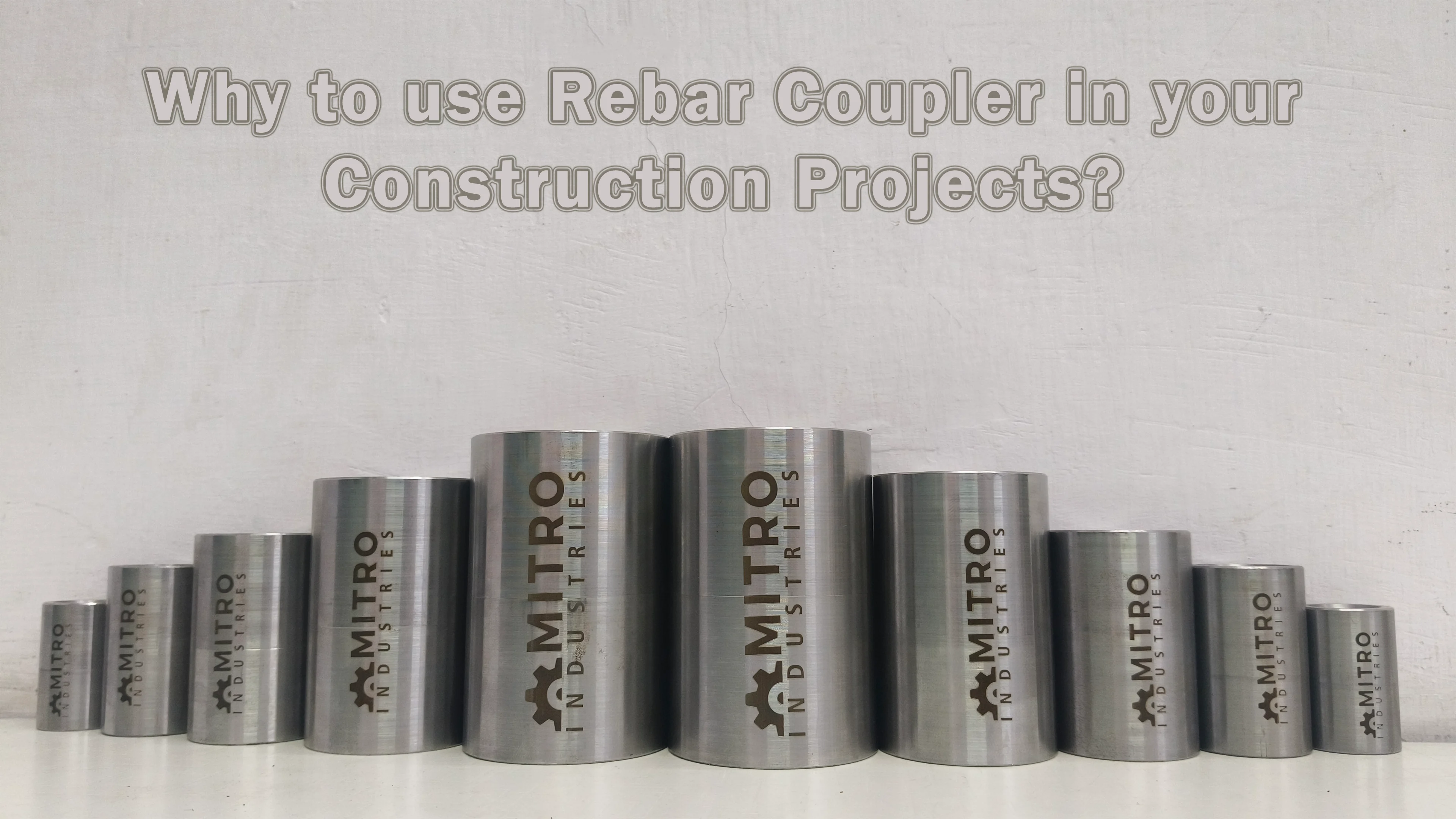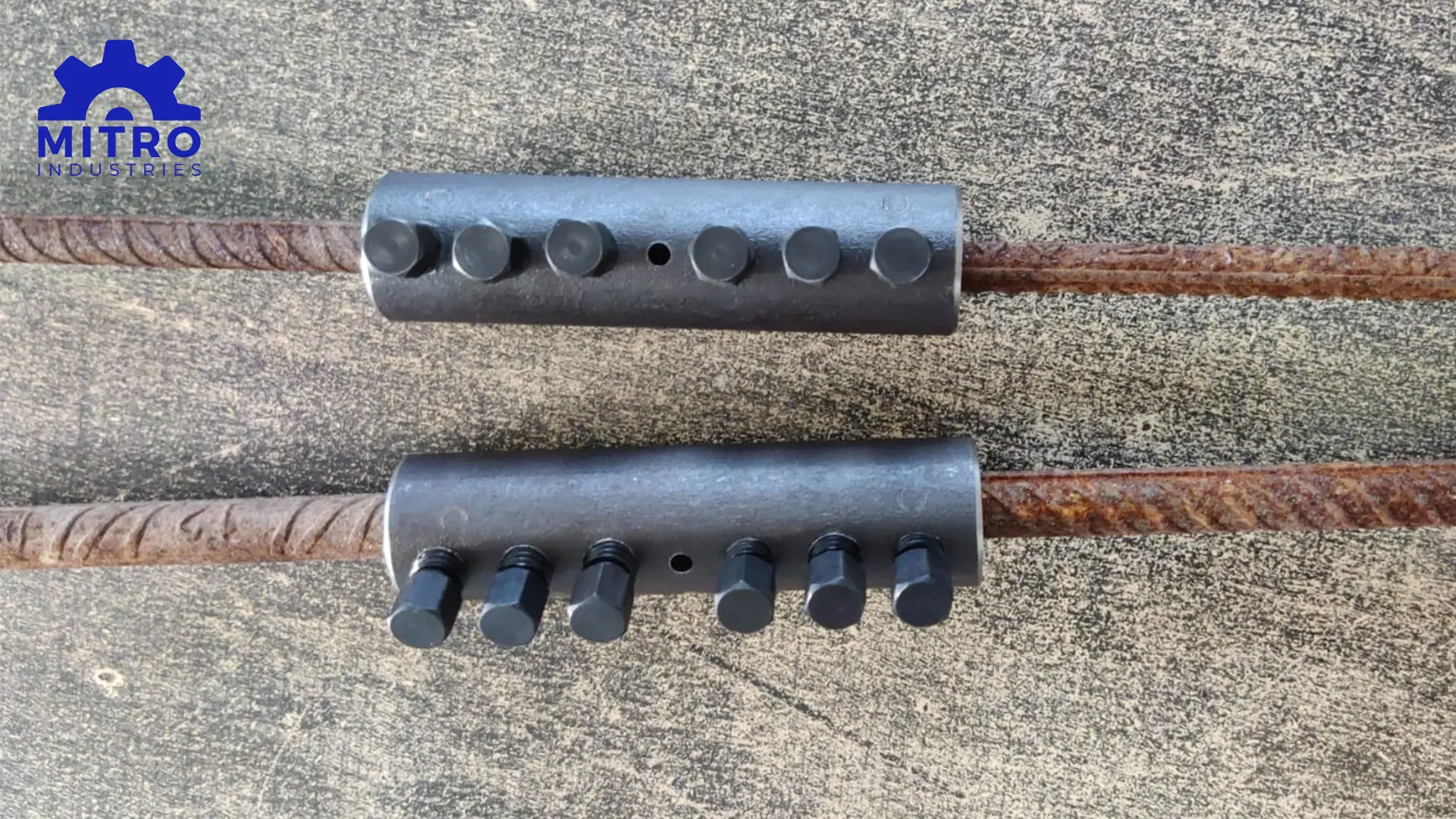What Are the Common Materials Used for Tower Packing and its Impact Column Performance
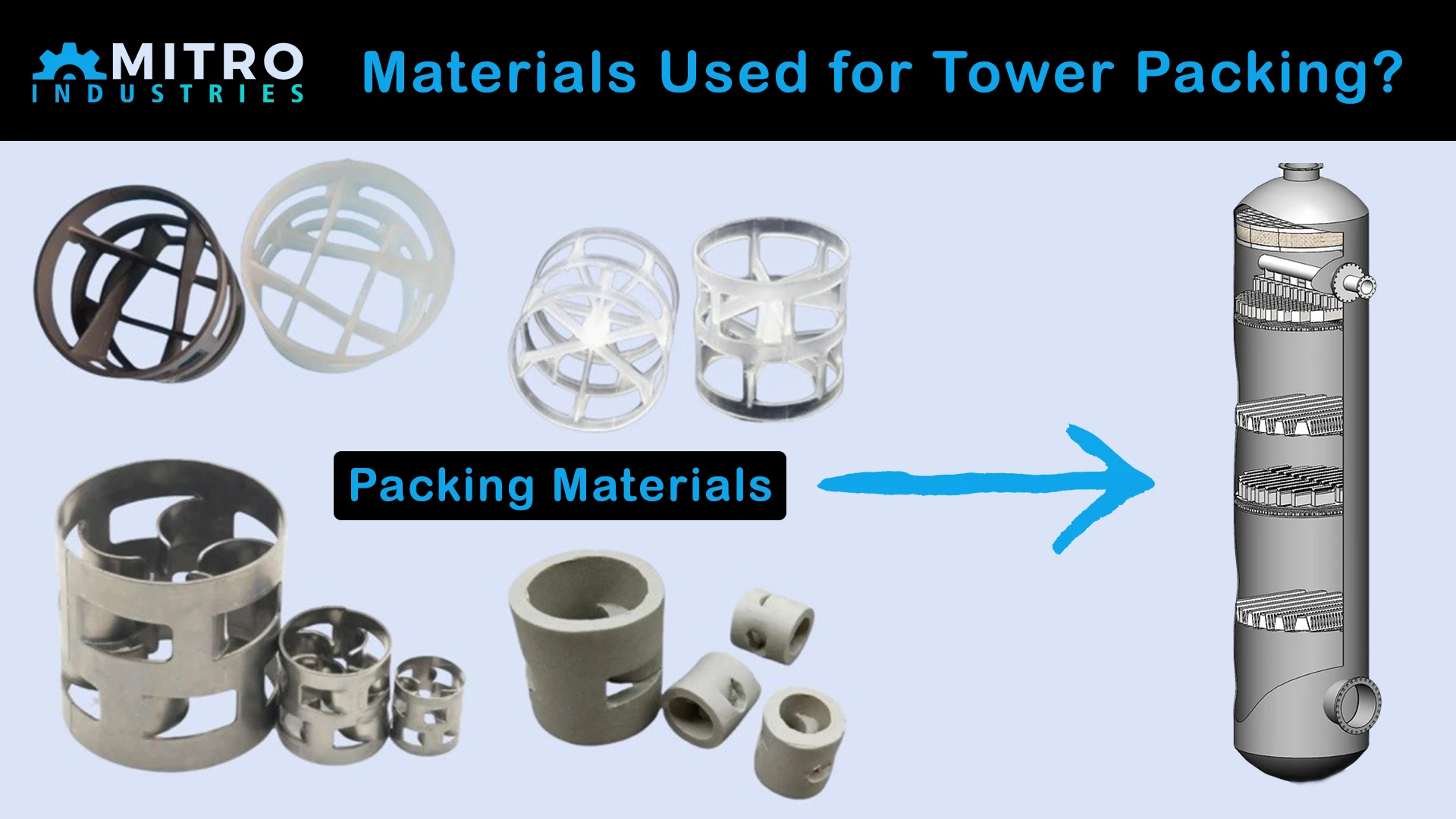
16 Jun 2025
Oil and Gas
1488
"Tower packing plays a crucial role in enhancing the efficiency of this process by promoting mass transfer between liquid and vapor phases."
In the world of chemical processing, distillation columns are vital components for separating mixtures into their individual components. Tower packing plays a crucial role in enhancing the efficiency of this process by promoting mass transfer between liquid and vapor phases. However, selecting the right packing material is equally important as it significantly influences column performance and durability. Let’s dive into the common materials used for tower packing and their impact on efficiency, corrosion resistance, and overall performance.
Common Materials for Tower Packing
1. Metal
Materials Used - Stainless steel, carbon steel, aluminum, and other alloys.
Advantages
High strength-to-weight ratio, making it suitable for large columns.
Excellent thermal and mechanical durability.
High resistance to high temperatures and mechanical stress.
Provides high surface area for effective mass transfer.
Corrosion Resistance
Stainless steel offers excellent resistance to corrosion in most chemical environments.
Aluminum is lightweight but prone to corrosion in acidic conditions unless treated.
Carbon steel is cost-effective but requires coatings or inhibitors to prevent corrosion in harsh environments.
2. Ceramics
Materials Used - Alumina-based ceramics, silica-based ceramics.
Advantages
Exceptional resistance to chemical corrosion, especially in acidic and basic environments.
High thermal resistance, ideal for high-temperature operations.
Inert and non-reactive, minimizing contamination risk.
Corrosion Resistance
Ceramics are virtually immune to most chemical attacks but can be brittle and prone to mechanical damage.
Best suited for highly corrosive or high-temperature processes.
3. Plastic
Materials Used - Polypropylene (PP), Polyvinyl chloride (PVC), Polytetrafluoroethylene (PTFE), and other engineering plastics.
Advantages
Lightweight and easy to install.
Cost-effective compared to metals and ceramics.
Excellent chemical resistance to acids, bases, and solvents.
Corrosion Resistance
Highly resistant to most corrosive chemicals, but susceptible to degradation under high temperatures.
PTFE, commonly known as Teflon, offers superior resistance to both corrosion and heat but is more expensive.
Impact of Materials on Column Performance
1. Mass Transfer Efficiency
Materials like metal and ceramics, with high surface areas and structural strength, enhance contact between the liquid and vapor phases, boosting mass transfer efficiency.
Plastics, while less durable, can still provide effective surface area for lighter or less demanding applications.
2. Durability and Longevity
Metal packings excel in handling high mechanical stress and temperatures, making them ideal for long-term use in industrial processes.
Ceramics, though fragile, outperform in chemically harsh environments, ensuring longevity where metal or plastic might fail.
Plastic packings are best suited for moderate conditions and applications where cost is a major consideration.
3. Pressure Drop
Packing material also influences the pressure drop across the column. Lightweight materials like plastics generally result in a lower pressure drop compared to metals and ceramics.
Structured packings made from any material typically offer better performance by reducing pressure drop and maximizing separation efficiency.
4. Cost Efficiency
Plastic materials are the most cost-effective upfront but may require more frequent replacement in demanding environments.
Metal and ceramic packings involve higher initial costs but often provide better long-term value due to their durability.
Corrosion Resistance Considerations
Corrosion can severely impact the operational efficiency and safety of a distillation column. Choosing the right material based on the chemical environment is critical:
Metal Packings - Suitable for oxidizing and neutral environments but require special alloys or coatings for acidic or chloride-rich conditions.
Ceramic Packings - Best for processes involving highly corrosive substances, such as sulfuric or hydrochloric acids.
Plastic Packings - Highly resistant to most chemical attacks but can degrade under high heat or exposure to oxidizing agents.
Selecting the appropriate material for tower packing is a balancing act between chemical compatibility, mechanical durability, thermal resistance, and cost considerations. Metals provide robustness and thermal resilience, ceramics offer unmatched chemical resistance, and plastics serve as lightweight, economical alternatives. Understanding the operational requirements and the chemical environment of your distillation column is key to optimizing its performance and longevity. With the right choice of packing material, you can ensure efficient separation, reduced maintenance, and prolonged equipment life.
Popular Posts
-

Why use Demister Pad in tower packing?
1419 Views -
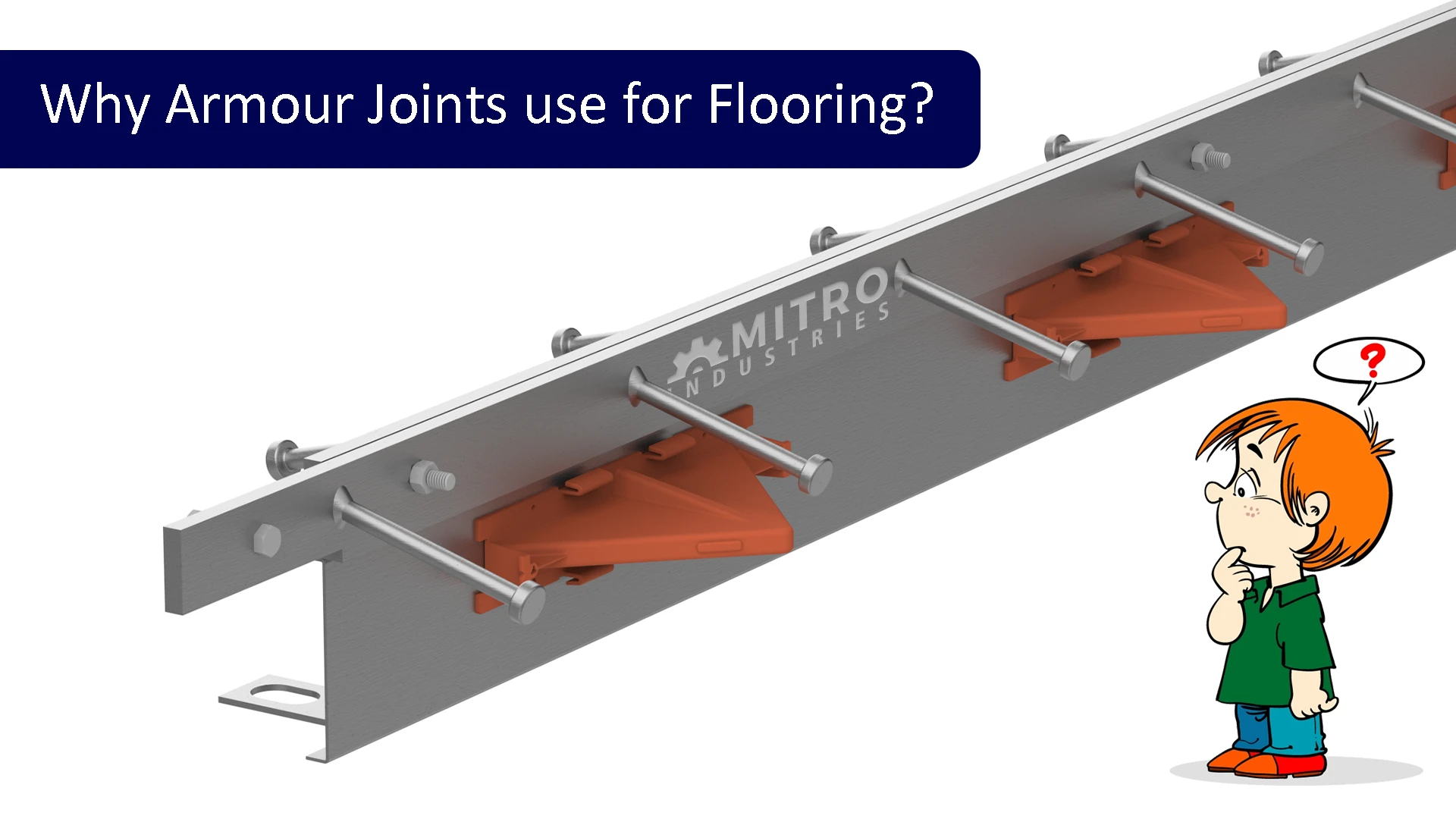
Why Armour Joints use for Flooring?
1484 Views





